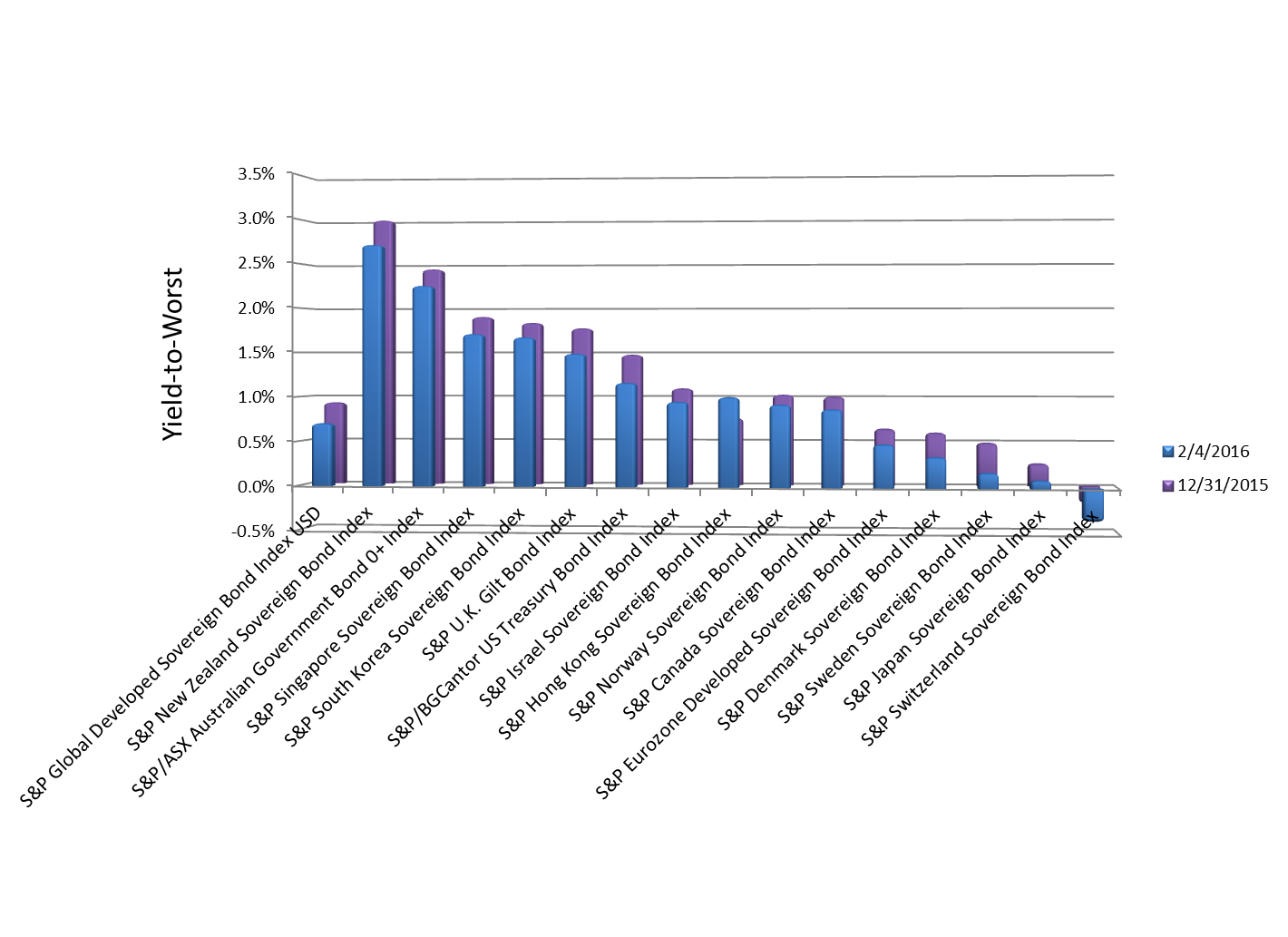The smaller than expected rise in payrolls in this morning’s January Employment Report disappointed people, but the details were far better than the 151,000 gain in payrolls. Even though to total of new jobs was about 40,000 lower than the consensus forecast, some details in the number were surprisingly good: manufacturing employment jumped by 29,000. Hours and earnings also improved. Average weekly hours were 34.6, a new post-recession high and average hourly earnings were 2.5% higher than January 2015.
The more impressive figures were in the other part of the report, the Household Survey. The unemployment rate dipped to 4.9%, the lowest since the end of the Great Recession. In some past months the drop in the unemployment rate resulted from people leaving the labor force – people giving up hope of finding a job and dropping out. Not in these data: the labor force rose faster than the population rose, the employment population gained and the number of unemployed fell. The number working part time for economic reasons crept down slightly.
The Employment Report is actually two separate surveys combined. Most securities analysts and economists focus on the number of people working based on company payrolls –the payroll survey. The total figure was 143,288,000; its monthly increase of 151,000 was weaker than the average of 228,000 per month during 2015. The chart shows the monthly changes in payrolls since the start of the last recession at the end of 2007. This report was on the low side, but shouldn’t be seen as a sign of an immediate downturn. Those who want to watch developments weekly can follow the initial unemployment claims series reported each Thursday morning. As long as the weekly number is under 300,000, there is not much cause for concern. The other portion of the Employment Report is based on surveying households and asking people if they’re working. There are some differences in the two surveys – someone who has two jobs will be counted twice in the payrolls numbers but only once in the household data.










